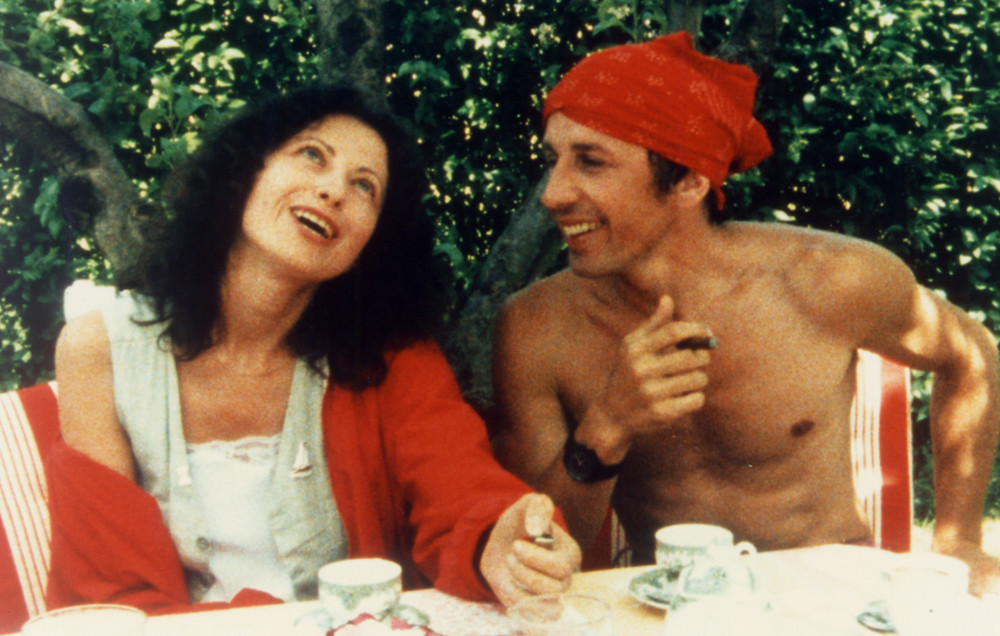
Watching the films of Èric Rohmer are a lot like drinking coffee. You might not like the taste right away, or may not think you like it before you even try it, but once you start to like it then soon you can’t live without it. Nearly every film taking on a different aspect of love within a deeply humanist frame, Rohmer’s movies are truly unique.
The only American director who comes close is Richard Linklater, and even his films have big “moments” of the sort rarely seen in Rohmer. Seeming forbidding at first — with a lack of obvious plot, long meandering conversations, and at times impenetrable characters — his films are actually extremely accessible for anyone looking to get into the French arthouse.
Many filmmakers are brilliant at depicting romance. From Howard Hawks tough-as-nails protagonists, to Woody Allen’s neurotic New Yorkers, to Wong Kar Wai’s impossibly romantic (and well-dressed) lovers, to the ultra-snappy couples of Nora Ephron, many filmmakers and screenwriters have made a living by constantly fleshing out the different nuances of love.
Yet, the reason Èric Rohmer stands head and shoulders above the rest is not only due to his prolific output (with over 20 features to his name) but due to the very ordinariness of his heroes.
There are no superheroes in his movies. Instead, his world is one of civil servants, receptionists, university students, layabouts, carpenters and musicians.
More specifically, relatable people you would recognize every day of your life. He starts his films with his characters; observing their habits, their profession, their likes and dislikes, the particular predicament they are in. From there he throws them into a situation that changes their understanding of love and romance that is as slyly philosophical as it is enjoyable to watch.
Below are eight films that typify why Rohmer stands alone as the greatest romance director of all time. Spoilers may occur.
1. La Collectionneuse (1967)
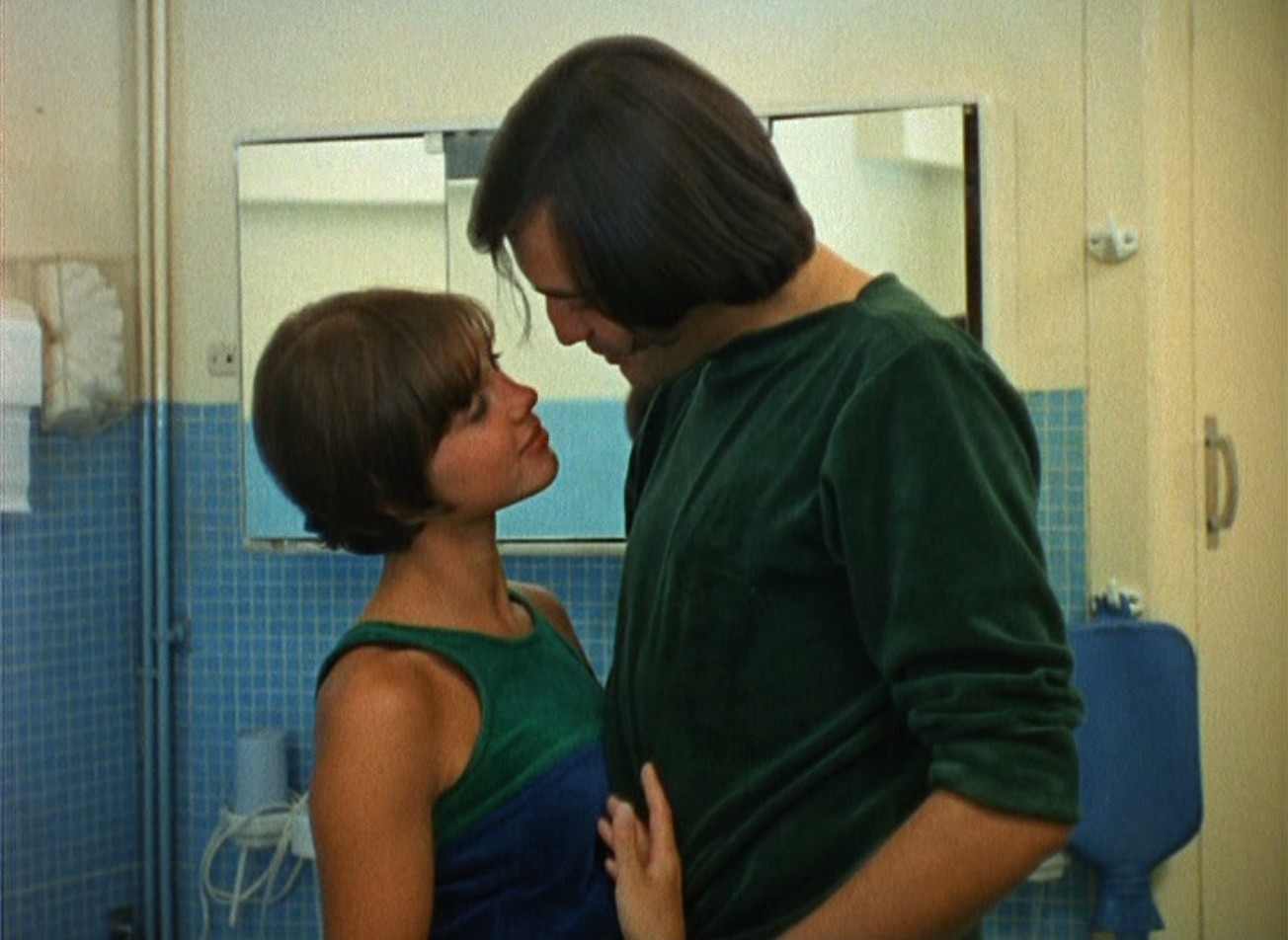
The third of Rohmer’s moral tales, and his first film in color, La Collectionneuse was the film that announced the most relaxed practitioner of the New Wave on to the scene. It takes place, as many of his films did, during the summer, and is concerned mostly with sex. It tells of three people staying at a villa: a girl who is seen as a ‘collector’ of men, and the two boys who bet on who will succumb to her charm first.
It is the proto-typical Rohmer film; with its languorous natural setting and basic set-up (stressed by the narrator stating he wants to do as little as possible for an entire month) working at first to lull the viewer into a false sense of security before upending our expectations of what we understand about the infinitely complicated relationships between men and women.
Rohmer understood that the most interesting thing about sex was not so much the act itself, but what the act revealed about the nature of human desire. By borrowing the idea of an unreliable narrator from literary fiction such as the similarly-minded Francois Sagan’s Bonjour Tristesse, he slyly shows how wide the gap can be between one’s own mind and the actual reality of the situation.
When it comes to seduction, the hardest thing it seems is being able to get out of one’s own mind to appreciate the full complexity of the person you are trying to seduce. No one understood this better than Èric Rohmer.
2. My Night At Maud’s (1969)
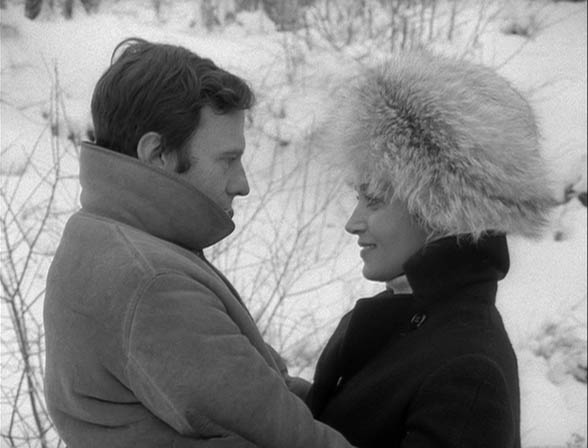
Few films have a premise as simple as My Night At Maud’s, yet few films take such a simple premise and open it onto a vast dialogue about the nature of love, religion and the meaning of life. Filmed and set in the historic French town of Clermont-Ferrand on Christmas Eve, it tells the story of a thirty-four year old and highly devout Catholic who upon meeting his friend’s ex-wife is so taken by her nature that he decides to spend the whole night.
The vast majority of the film is taken up by this scene, as the two endlessly talk in long takes that allow the actors to move past the confines screenplay and feel like characters that exist outside of the movie.
It is not so much about falling in love with someone you spend the night with (something Before Sunrise, clearly inspired by Rohmer, explored to excellent effect), but how spending the night with someone of the gender you are attracted to can help you to understand more about sex, romance and the nature of the self in relation to somebody else.
For Rohmer, who depicts mankind in relation to nature better than anyone else, the snow setting was so important to the theme of the movie that he was willing to gamble his entire production and meaning of the film on the proclivity of the weather. Luckily for him, it did snow, and this excellent film exists.
3. The Aviator’s Wife (1981)
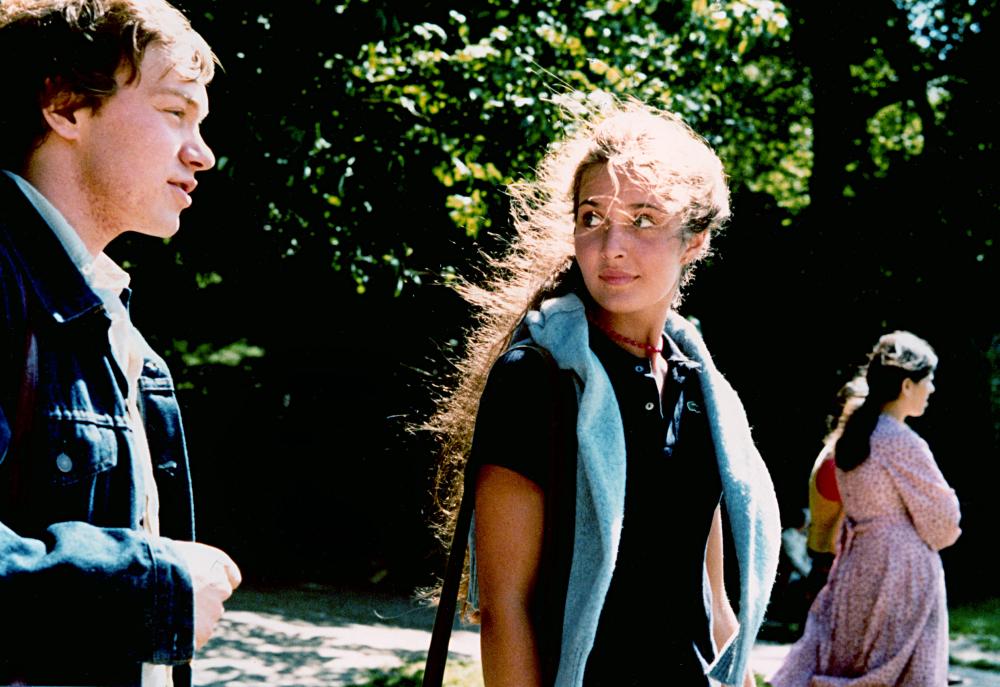
The structure of The Aviator’s Wife is a true marvel. It works like a sandwich; the bread on either side is fine, but the middle is the most engaging part, perhaps even of Rohmer’s entire filmography.
The story, taking the form of a detective plot, sees a postman, who upon finding out that his girlfriend is having an affair, decides to spy on her instead. Yet, when he is in the park he bumps into another woman, much younger than himself, who decides to help him on his quest. From here it gets interesting.
The highlight of this middle third is a simple two-person scene in a café, where the two of them discuss their respective love lives. The diner conversation is a staple of independent cinema, yet after the classic argument in Five Easy Pieces and a good thirteen years before Tarantino made it iconic in Pulp Fiction, The Aviator’s Wife arguably perfected the form.
The result is tantalising. In the process of trying to figure out his girlfriend’s motivations for cheating on him, he is more or less confronted with the reason why when he meets somebody else. What this shows, is that even in the throes of intense jealousy, one’s romantic intentions can get sidetracked by the magic of meeting somebody wholly new.
What Rohmer doesn’t do is make these things obvious. He doesn’t have his characters launch wholly into new affairs that work as a form of redemption. Instead, like a master composer, he riffs upon the theme in a different yet nonetheless compelling way.
For such an inherently depressing film, fraught with jealousy and that pit in the stomach that can come with love lost, the middle, with the two of them so caught up in the machinations of his girlfriend’s tragic affair, is so exciting in and of itself that it basically takes over the film and becomes a magnifying short in and of itself. Only Rohmer would conceive of a structure in such a way, and only Rohmer would make it work so well.
4. Pauline At The Beach (1983)
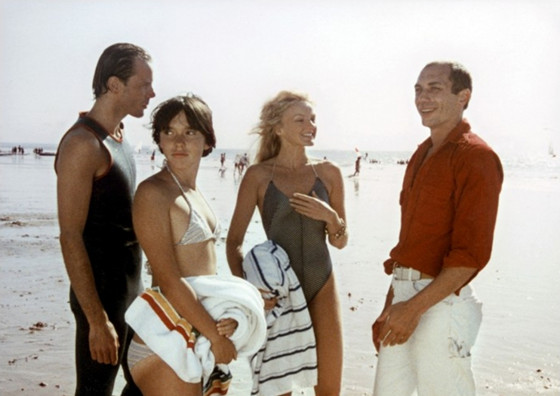
A coming-of-age story set on the beach, it sees a girl, who upon blossoming one summer into a complicated sexual being, realizing just how cruel the adult world can be. The third film in Rohmer’s Proverbs and Comedies, the titular Pauline is taken there by her older cousin Marion, who finds that her ex-lover Pierre is also staying.
To add more confusion to the tale, a middle-aged playboy named Henri takes a liking to Marion, creating a deliciously interesting love triangle that is made even more compelling as it is seen through the perspective of the burgeoning Pauline. Pauline observes but nobly says little, staying true to the opening proverb that “A wagging tongue bites itself.” Yet, try as she may, she falls under the same spell of misfortune as her cousin, as she also finds herself falling in love.
Rohmer, unlike most American filmmakers, realizes that when it came to sex and relationships, sometimes the nice guys, in the case of the scorned lover Pierre, actually just lose. Repeatedly. Likewise in the case of both women, their embrace of what they consider to be the truth, sometimes in the face of bald facts, shows the lies that people manufacture in order to remain happy. It is this brutal honesty that makes Pauline At The Beach one of his most cynical movies.